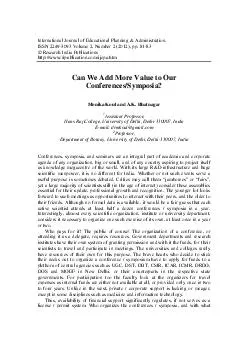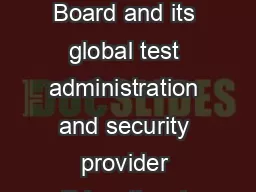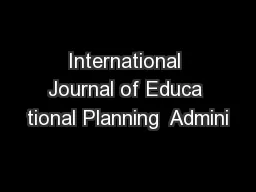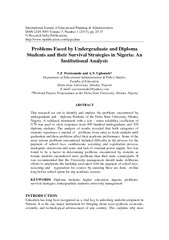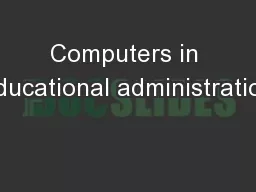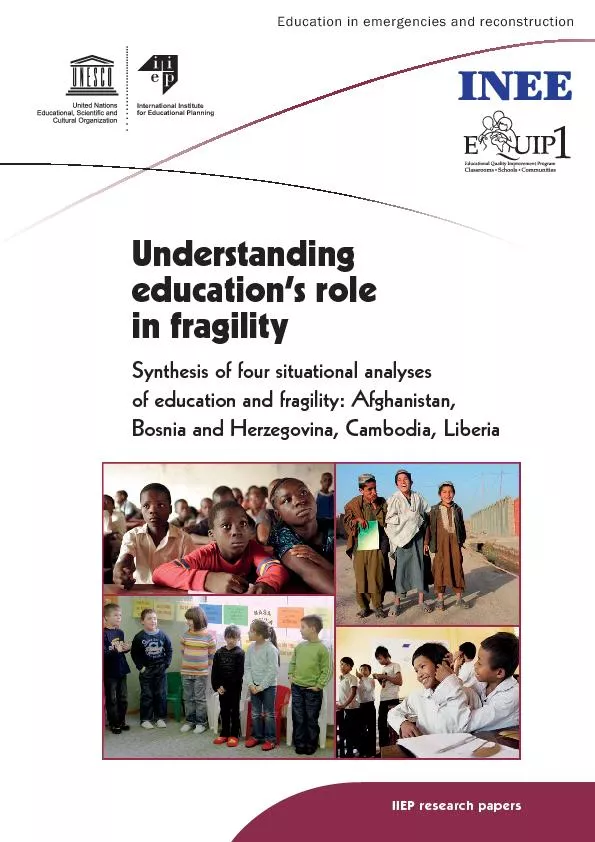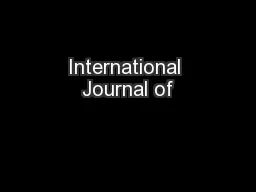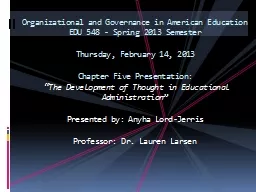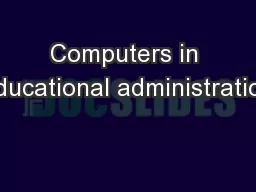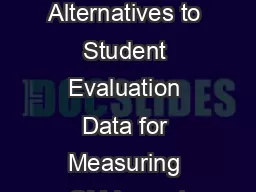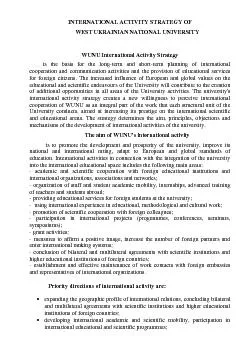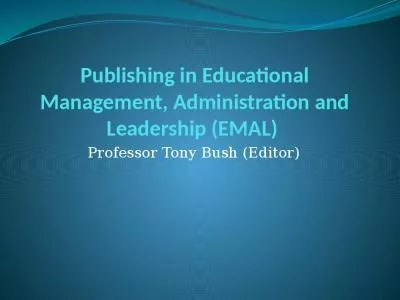PDF-International Journal of Educational Planning Administration
Author : luanne-stotts | Published Date : 2015-01-24
ISSN 2249 3093 Volume Number 20 12 pp 81 83 Research India Publications httpwwwripublicationcomij epa htm Can We Add More Value to Our ConferencesSymposia Monika
Presentation Embed Code
Download Presentation
Download Presentation The PPT/PDF document "International Journal of Educational Pla..." is the property of its rightful owner. Permission is granted to download and print the materials on this website for personal, non-commercial use only, and to display it on your personal computer provided you do not modify the materials and that you retain all copyright notices contained in the materials. By downloading content from our website, you accept the terms of this agreement.
International Journal of Educational Planning Administration: Transcript
Download Document
Here is the link to download the presentation.
"International Journal of Educational Planning Administration"The content belongs to its owner. You may download and print it for personal use, without modification, and keep all copyright notices. By downloading, you agree to these terms.
Related Documents

